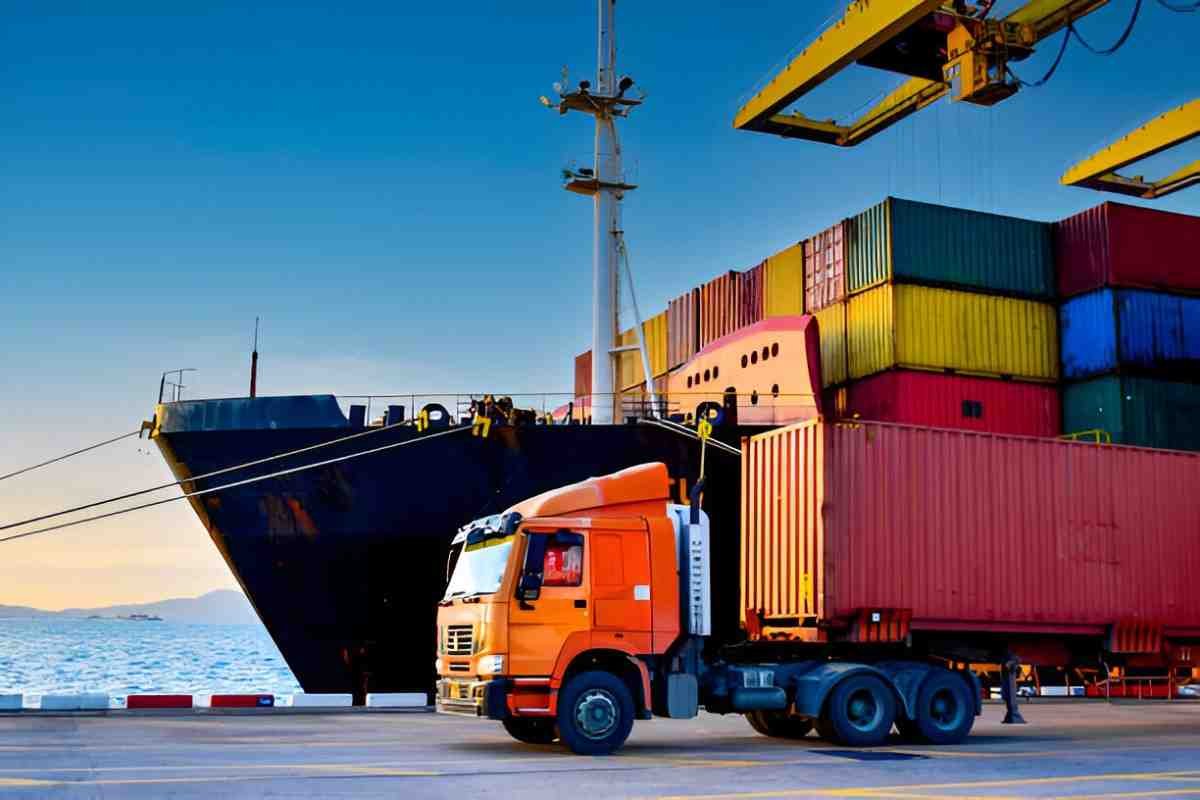Freight release is a critical term in the shipping and logistics industry. It refers to the authorization given by the carrier (such as a shipping line or freight forwarder) to the consignee, allowing them to take possession of the goods once they arrive at the destination port. This process is essential to ensure that goods are properly accounted for and that all necessary documentation and payments are completed before the goods are released.
Table of Contents
Key Elements of Freight Release
- Bill of Lading (B/L): A crucial document in the freight release process, the Bill of Lading acts as a receipt for the shipment, a contract between the shipper and the carrier, and a document of title. The consignee must present the original Bill of Lading to receive the goods.
- Payment of Freight Charges: All transportation costs must be settled before the goods are released. This includes the payment of freight charges, handling fees, and any other associated costs.
- Customs Clearance: The goods must clear customs, meaning all import duties, taxes, and regulatory requirements must be fulfilled.
- Release Order: Issued by the carrier upon satisfaction of all conditions, the release order authorizes the release of goods to the consignee.
The Freight Release Process
Step 1: Arrival of Goods
When the goods arrive at the destination port, the shipping company notifies the consignee about the arrival. The consignee needs to ensure that all necessary documents are in order and that any required payments are completed.
Step 2: Documentation Verification
The consignee presents the original Bill of Lading to the carrier or the freight forwarder. This document is verified to ensure it matches the details of the shipment.
Step 3: Payment of Charges
The consignee pays all outstanding freight charges, handling fees, and any other costs. This payment is essential for the carrier to release the goods.
Step 4: Customs Clearance
The consignee ensures that the shipment complies with all customs regulations. This involves paying import duties and taxes and providing any necessary documentation to customs authorities.
Step 5: Issuance of Release Order
Once all conditions are met, the carrier issues a release order. This order authorizes the release of the goods to the consignee, allowing them to take possession of the shipment.
Importance of Freight Release
Ensuring Proper Documentation
Freight release ensures that all necessary documentation, such as the Bill of Lading and customs papers, are in order. This process helps prevent fraud and ensures the legality of the shipment.
Financial Security
By requiring payment of all charges before releasing goods, freight release provides financial security to carriers. It ensures that carriers receive payment for their services, reducing the risk of financial losses.
Regulatory Compliance
Freight release ensures compliance with customs and regulatory requirements. This compliance is crucial to avoid legal issues and potential penalties.
Real-World Example of Freight Release
Consider a company, ABC Imports, that orders electronic goods from a manufacturer in China. The manufacturer ships the goods using a freight forwarder. Here’s how the freight release process works for ABC Imports:
- Arrival Notification: ABC Imports receives a notification that the goods have arrived at the port in their country.
- Document Preparation: ABC Imports prepares the original Bill of Lading and ensures all necessary documents are ready.
- Payment: ABC Imports pays the freight charges, handling fees, and any other associated costs to the freight forwarder.
- Customs Clearance: ABC Imports works with a customs broker to clear the goods through customs, paying any required import duties and taxes.
- Release Order: Once all conditions are met, the freight forwarder issues a release order, allowing ABC Imports to collect the goods from the port.
Benefits and Challenges of Freight Release
Benefits
- Security: Ensures that carriers receive payment before releasing goods.
- Compliance: Guarantees that shipments meet all regulatory and customs requirements.
- Documentation: Ensures proper documentation, reducing the risk of disputes and legal issues.
Challenges
- Delays: Any issues with documentation, payment, or customs clearance can cause delays in the release of goods.
- Complexity: The process can be complex, especially for international shipments involving multiple regulatory bodies and documentation requirements.
- Cost: Additional costs related to handling, customs clearance, and storage can accumulate if there are delays in the freight release process.
Conclusion
Freight release is a vital process in the logistics and shipping industry, ensuring that goods are properly documented, paid for, and compliant with regulatory requirements before they are released to the consignee. This process provides security for carriers and helps prevent legal and financial issues for all parties involved. By understanding and effectively managing the freight release process, businesses can ensure smooth and efficient operations in their supply chain, minimizing delays and costs associated with shipping and logistics.





